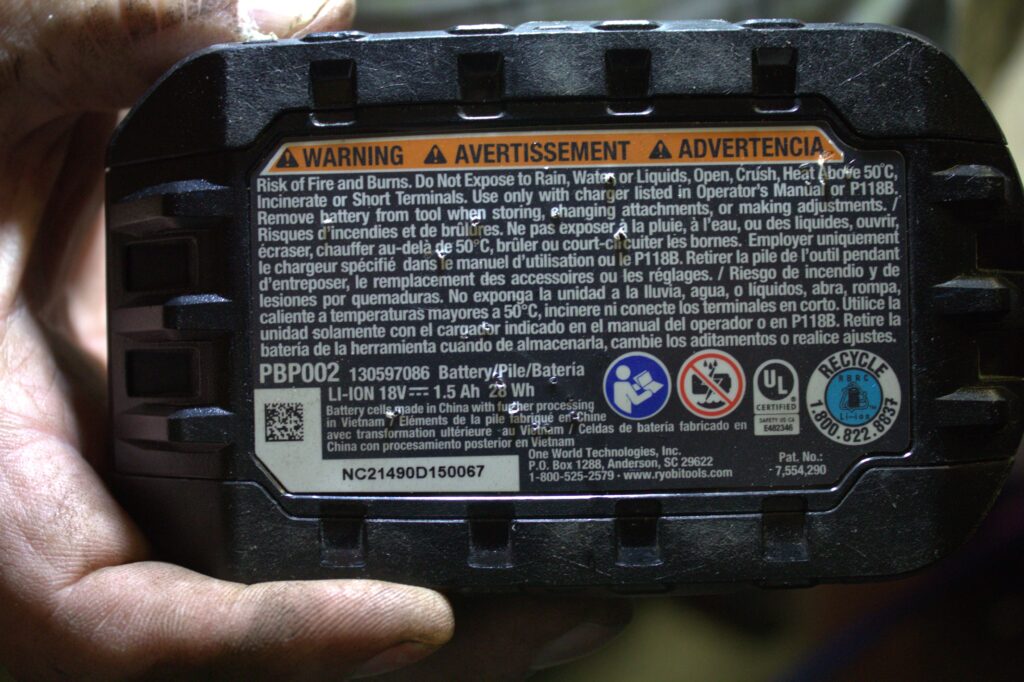Battery misuse can lead to house fires and explosions.
Laura Allen
Kicker News
Lithium-ion batteries can be found in many devices such as laptops, smartphones, tablets, power and lawn tools, cars, e-bikes, vacuums and even electric cars. Most everything that is rechargeable uses the technology.
Cara Pardy is a fire prevention officer with St. John’s Regional Fire Department.
“Lithium-ion batteries can be very dangerous because they have so much energy in such small form,” said Pardy.
Overcharged batteries or damaged batteries pose a risk of what’s referred to as thermal runaway. This happens when a battery is overheated, as the battery gets hotter the internal chemical reactions speed up. The extra heat forms a dangerous loop which makes the battery’s heat rise so fast it can’t cool down and eventually it spirals out of control. The result can be a fire or explosion. The batteries burn hot and fast and are difficult to extinguish.
While there are no national figures, the city of Toronto says the number of lithium-ion battery fires jumped 162 per cent (26-76 fires) between 2022 and 2024.
“Only charge your devices when awake and (with them) on a hard surface. Never charge your device (while) in your bed.”
Every year the U.S. National Fire Protection Agency releases a brochure that Sean Lawlor, who is a captain with the Conception Bay South fire department, says is must read.
“The brochure has all the information you need to know, as well as the website FPW.org,” said Lawlor.
While lithium-ion batteries can be dangerous, they can be safe if used and disposed of properly.
When purchasing batteries, make sure to only buy batteries that are certified. Certified batteries mean they have undergone rigorous safety and quality testing. Look for the UL or CSA certified label.

Make sure to check that batteries are UL or CSA approved. Fire Prevention week is Oct. 5-11. Laura Allen/Kicker
When charging devices, Pardy says, only use chargers that are provided with the device and replace the charger when damaged. Using broken chargers with frayed wires puts people at risk of electrical shock and fires.
“Only charge your devices when awake and (with them) on a hard surface. Never charge your device (while) in your bed,” said Pardy.
Also, it is crucial to unplug the device when it is fully charged to avoid overheating the battery. When replacing charging cords, only purchase cords that are brand name.
Recycle old batteries, but not by throwing them into the trash or recycling bins, which poses a major fire risk. The best way to properly dispose of lithium-ion batteries is to bring them to a facility that can safely recycle them. Visit Call2Recycle.ca for your nearest battery recycling location. When you properly dispose of your batteries, they can be recycled allowing the materials to be made into new batteries. When batteries end up at landfills, they remain a fire risk.
Know the warning signs of lithium-ion batteries and when to stop using them before it’s too late. If your battery smells strange, feels hot, swells or bulges or makes hissing or popping noises, stop using it immediately and dispose of it properly.

Be the first to comment